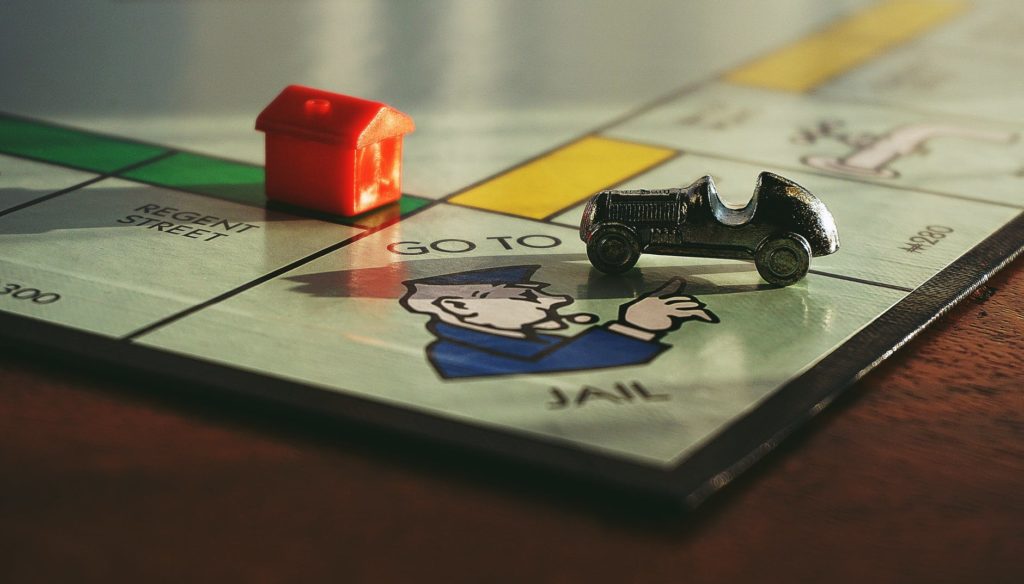
Winter break is over!
We’re halfway through the school year yet there is still a lot of earning to do! One thing that schools traditionally do NOT teach children and that’s personal finance.
Studies show that teaching finance is not a top priority of the U.S. education system. Fewer than 20 percent of teachers report feeling competent to teach personal finance, according to a Council for Economic Education Survey, and only 17 states require students to take a personal finance course in high school.
“The majority of your kids’ financial education will come from you,” says Kathy Longo, the author of Flourish Financially: Values, Transitions, & Big Conversations. “Because we parents have such a great influence on how our kids spend, save, and invest, it’s critical that we teach them early and often how we want them to value money.”
Longo, who is also president and founder of Flourish Wealth Management®, provides a list of ideas and discussions that can help your kids learn about finance at different developmental stages:
- Learning wants versus needs. Longo believes the foundation of a child’s finance education begins with learning the difference between wants and needs. “Asking kids whether they want or need something before they make a purchase really gets them thinking about their own money values,” Longo says.
- Using a three-slotted piggy bank. In grade school, Longo says it’s important to teach kids about money in a tangible way. Three slots to separate dollars for saving, sharing and spending can help them understand the connection between the money in their piggy bank and the new toy they bought, Longo says. Some states in the US allow parents to open up savings accounts for them on their behalf like
like these banks in South Carolina and there are others in other states as well. - Giving back. Teaching your kids the importance of giving, such as by donating toys they no longer use, is a lesson that can stick with them for life. “You can strengthen that by talking about charities you support with dollars and time,” Longo says. “This is a great way of showing them that valuing money also means helping those less fortunate.”
- Making a budget. By middle school, Longo thinks children should have an idea of what it costs to keep the house running each month. “Once they have a concept of a budget, get the kids involved in spending decisions for big-ticket items, like a car or family vacation, and the considerations that go into the purchase,” Longo says.
- Explaining college. We all know it’s expensive, and Longo says teenagers should know early on in high school how loans, grants, and a college savings plan work. It’s also important to educate students about the additional financial opportunities they’ll have in life if they earn a college degree.
- Getting a job. Is there a better way for your high school student to learn financial responsibility than by working part-time and paying for their gas, fun activities, etc.? “This is a good time for them to get a debit card, to learn the importance of a good credit history, and to see how staying within a budget requires discipline,” Longo says.
“Helping your children develop healthy money habits today,” Longo says, “will increase their chances for a happier life.”

